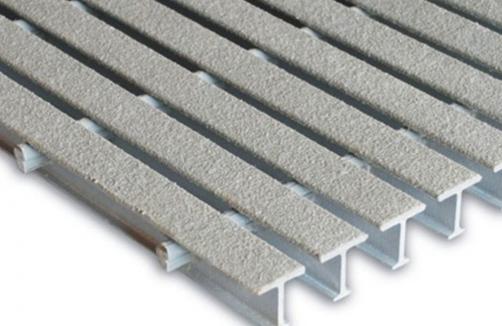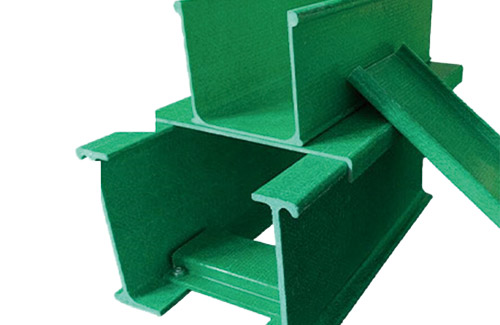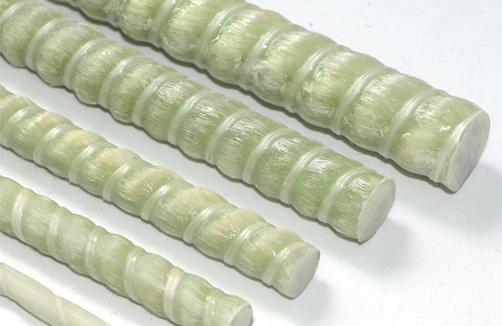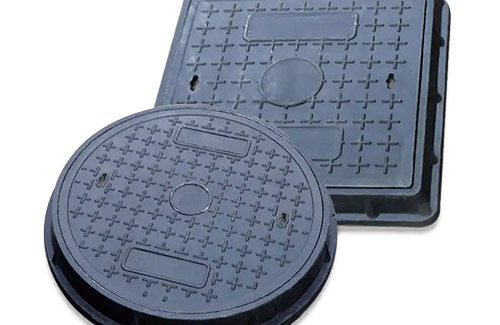
In the process of producing fiberglass, changing the melting temperature, leakage plate aperture, drawing temperature, and drawing speed of the fiberglass material can control the diameter of the fiberglass. Once 9-10 μ The glass fiber of m is often used as a reinforcing material for composite materials, and now it is gradually being used with a diameter of 13-18 μ M's fiberglass.
In theory, the finer the diameter of glass fiber, the higher its strength. However, in practical production, the strength of glass fiber is far lower than the theoretical value, because many micro cracks are formed on the surface of the single wire during the drawing process. The study indicates that when the diameter of glass fiber is between 9-13 μ When the scale of m changes, the tensile cracking strength of high-strength glass fiber precursor remains fundamentally stable. But as the diameter of the glass fiber further increases, the surface area and surface activity of the glass fiber decrease, resulting in a significant reduction in the amount of adsorbed moisturizer on the surface of the glass fiber, and then the surface defects of the glass fiber are greatly added, leading to a decrease in strength. According to the principle of fiber reinforcement, only when the fiber length is above the critical length can the fiber's reinforcement effect be fully exerted. In theory, the minimum length of reinforced fibers is 50-100 times the diameter. But as the fiber length continues to increase, the tensile strength significantly decreases. Research has shown that with the addition of fiber length, the enhancement power of fibers improves. When the fiber length exceeds 12mm, the enhancement effect of fibers on various functions of composite materials fundamentally reaches its optimal level. Although the number of microcracks in fibers increases with the increase of fiber length, leading to a decrease in fiber strength, long fiber fiberglass exhibits better functionality than short fiber fiberglass in terms of rigidity, compressive strength, flexural strength, creep resistance, and impact strength.
There are three ways for fiber composite materials to absorb impact strength: fiber cracking, fiber pull-out, and resin cracking. Adding fiber length consumes more energy for fiber extraction, which is beneficial for improving impact strength. The ends of other fibers simply cause stress concentration, which is the initiation point for crack growth. Therefore, long fibers with fewer ends can also improve the impact strength of the data.







